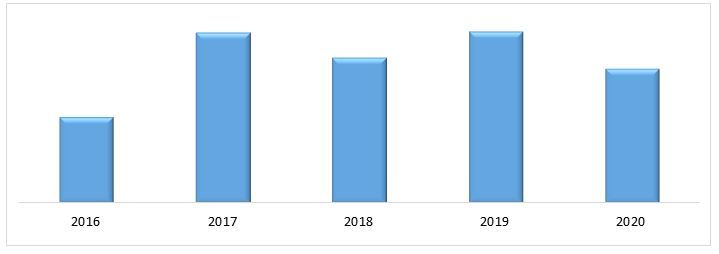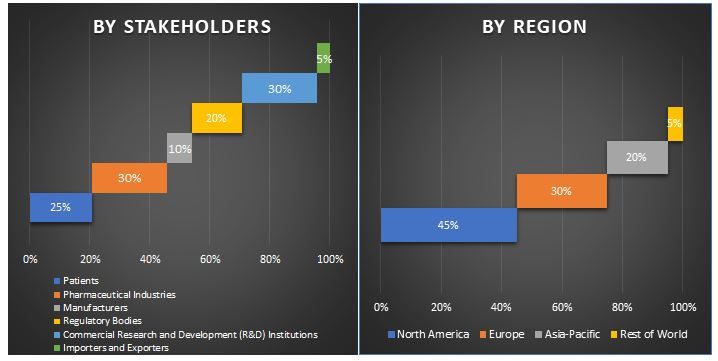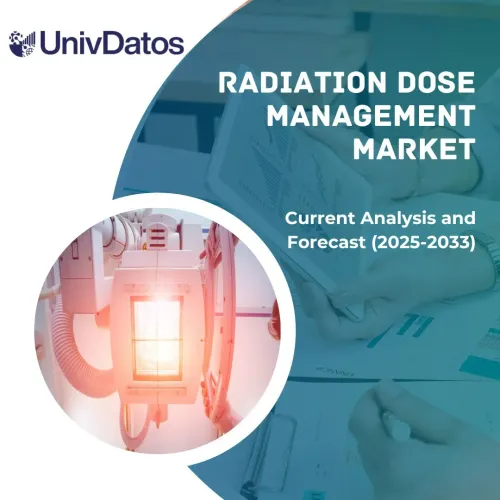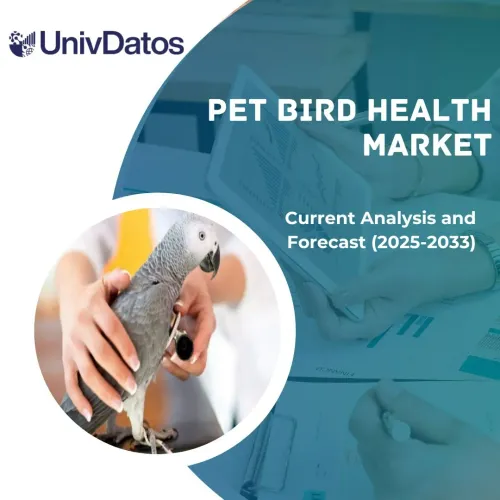- Home
- About Us
- Industry
- Services
- Reading
- Contact Us
MicroRNA (miRNAs) Market: Current Analysis and Forecast (2021-2027)
Emphasis on Products (Instruments, Consumables), Services (Service Type, Specimen); Patient Type (Children, Adults); Applications (Cancer, Infectious Diseases, Immunological Disorders, Cardiovascular Disease, Neurological Disease, Others); End-User (Biotechnology & Pharmaceutical Companies, Academic & Government Research Institutes, Others); and Region & Country.

MicroRNA (miRNAs) Market was valued at ~US$ 230 million in 2020 and is expected to grow at a CAGR of ~13% over the forecast period (2021-2027). At present, there are over 2000 MicroRNA (miRNAs) discovered in humans that helps in the regulation of gene expression. Most of the human disease occurs due to genetic changes, hence miRNA is considered to be an important part of clinical diagnostics and therapeutic agents. MicroRNA (miRNA)-based therapeutics can be divided into miRNA mimics and inhibitors of miRNAs (antimiRs). For instance, miR-34a is a miRNA mimic that targets the BCL2, MET, MYC, CDK6, and other genes for the treatment of solid tumors (e.g., lung, liver, colon, brain, prostate, pancreatic, bladder, and cervical), Myeloma, and B cell lymphoma.
The demand for miRNA is mainly increasing on account of the emerging microRNA (miRNA) tools for disease-associated applications, the high role of miRNA in the target identification and prediction, and the high adoption of miRNA as a potential biomarker. Moreover, the role of miRNA in the diagnosis and treatment of various chronic diseases such as cancer, neurological disease, liver disease, metabolic diseases, and chronic heart diseases is also propelling the market growth. The overexpressed miRNA in certain diseases is known as oncogenes while the under-expressed miRNA in certain diseases is known as tumor suppressor miRNA. For instance, miRNA-212 functions as a tumor suppressor in colorectal carcinoma through targeting SOX4.
Global Genomics Funding, 2021
Insights Presented in the Report
“Amongst Products, Instruments segment holds the major share.”
Based on Products, the market is fragmented into Instruments and Consumables. The instruments segment holds the largest share in 2020 and is expected to register the highest CAGR in the upcoming period. In the recent few years, there is an increase in the number of miRNA-based clinical trials coupled with the rising incidents of chronic diseases. The various instruments are required in the completion of miRNA-based clinical trials such as TransmiR, DIANA-mirGen v.3 which is propelling the segment growth in the market.
“Amongst Services, Service Type segment is anticipated to grow at the highest CAGR during the analyzed period.”
Based on Services, the market is fragmented into Service Type and Specimen. The Service Type segment holds the largest share in 2020 and is expected to register the highest CAGR in the upcoming period owing to the rising strategic collaboration between companies for providing microRNA profiling services. For instance, LC Sciences announced its strategic collaboration with DNAVision to increase accessibility to its custom microRNA profiling service and enhance both its customer and technical service to researchers in Europe.
“Amongst Applications, Cancer segment is anticipated to grow at the highest CAGR during the analyzed period.”
Based on Applications, the market is fragmented into Cancer, Infectious Diseases, Immunological Disorders, Cardiovascular Disease, Neurological Disease, and Others. The Cancer segment holds the largest share in 2020 and is expected to register the highest CAGR in the upcoming period owing to the rising clinical trials of miRNA in the treatment of cancer coupled with the rising prevalence of cancer cases. As per the International Agency for Research on Cancer (IARC) 1 in 5 people develop cancer during their lifetime globally and 1 in 8 men and 1 in 11 women die from cancer.
“Amongst End-user, Biotechnology & Pharmaceutical Companies segment is anticipated to grow at the highest CAGR during the analyzed period.”
Based on End-user, the market is fragmented into Biotechnology & Pharmaceutical Companies, Academic & Government Research Institutes, and Other end-users. The Biotechnology & Pharmaceutical Companies segment holds the largest share in 2020 and is expected to register the highest CAGR in the upcoming period due to a rise in research funding for new startups. For instance, Twentyeight-Seven Therapeutics (28-7), a biotechnology company focused on modulating non-coding RNA (ncRNA) biology to develop treatments for cancer and other diseases, announced the successful completion of its $65 million Series A financing in 2018. The funding will be used to advance 28-7’s lead program, aimed at the discovery and development of small molecules that increase the levels of the tumor suppressor microRNA (miRNA), Let-7, into serious cancer indications.
“North America signifies one of the largest markets and Europe is expected to be the fastest-growing markets of MiRNA market.”
For a better understanding of the market adoption of miRNA, the market is analyzed based on its worldwide presence in the countries such as North America (United States, Canada, and the Rest of North America), Europe (Germany, France, Italy, Spain, United Kingdom and Rest of Europe), Asia-Pacific (China, Japan, India, Australia, and Rest of APAC), and Rest of World. North America will dominate the miRNA market on account of the rising number of clinical trials for the development of novel therapeutics, and the increase in recent product launches in the region. In September 2016, Amgen and Arrowhead Pharmaceuticals signed two licensing and collaboration deals to develop miRNA-based therapies for cardiovascular diseases. Some of the major players operating in the market include Merck KGaA, Thermo Fisher Scientific, Inc., Horizon Discovery Ltd., Synlogic, QIAGEN, GeneCopoeia, Inc., New England Biolabs, Quantabio, NanoString, and BioGenex. Several M&As along with partnerships have been undertaken by these players to boost their presence in different regions.
Reasons to buy this report:
- The study includes market sizing and forecasting analysis validated by authenticated key industry experts
- The report presents a quick review of overall industry performance at one glance
- The report covers an in-depth analysis of prominent industry peers with a primary focus on key business financials, product portfolio, expansion strategies, and recent developments
- Detailed examination of drivers, restraints, key trends, and opportunities prevailing in the industry
- The study comprehensively covers the market across different segments
- Deep dive regional level analysis of the industry
Customization Options:
The miRNA market can further be customized as per the requirement or any other market segment. Besides this, UMI understands that you may have your own business needs, hence feel free to connect with us to get a report that completely suits your requirements.
Table of Content
Analyzing the historical market, estimation of the current market, and forecasting the future market of the Global MiRNA market were the three major steps undertaken to create and analyze the adoption of MiRNA for the different applications across major End-users such as Biotechnology & Pharmaceutical Companies, Academic & Government Research Institutes, and Other end-users. Exhaustive secondary research was conducted to collect the historical market numbers and estimate the current market size. Secondly, to validate these insights, numerous findings and assumptions were taken into consideration. Moreover, exhaustive primary interviews were also conducted, with industry experts across the value chain of the miRNA sector. Post assumption and validation of market numbers through primary interviews, we employed a top-down/ bottom-up approach to forecast the complete market size. Thereafter, market breakdown and data triangulation methods were adopted to estimate and analyze the market size of segments and sub-segments the industry pertains to.
Detailed methodology is explained below:
Analysis of Historical Market Size
Step 1: In-Depth Study of Secondary Sources:
Detailed secondary study was conducted to obtain the historical market size of the miRNA through company internal sources such as annual reports & financial statements, performance presentations, press releases, etc., and external sources including journals, news & articles, government publications, competitor publications, sector reports, third-party database, and other credible publications.
Step 2: Market Segmentation:
After obtaining the historical market size of the miRNA market, we conducted a detailed secondary analysis to gather historical market insights and share for different segments for major regions. Major segments included in the report are Products, Services, Applications, End-user, and Region. Further country-level analyses were conducted to evaluate the overall adoption of miRNA in every region.
Step 3: Factor Analysis:
After acquiring the historical market size of different segments and sub-segments, we conducted a detailed factor analysis to estimate the current market size of miRNA. Further, we conducted factor analysis using dependent and independent variables such as increasing incidence of chronic and lifestyle disorders, emerging microRNA (miRNA) tools for disease-associated applications, the high role of miRNA in the target identification and prediction.
Current Market Size Estimate & Forecast
Current Market Sizing: Based on actionable insights from the above 3 steps, we arrived at the current market size, key players in the miRNA Market, and market shares of the segments. All the required percentage shares split, and market breakdowns were determined using the above-mentioned secondary approach and were verified through primary interviews.
Estimation & Forecasting: For market estimation and forecast, weights were assigned to different factors including drivers & trends, restraints, and opportunities available for the stakeholders. After analyzing these factors, relevant forecasting techniques i.e., the top-down/ bottom-up approach was applied to arrive at the market forecast about 2027 for different segments and subsegments across the major markets globally. The research methodology adopted to estimate the market size encompasses:
- The industry’s market size, in terms of value (USD) and the adoption rate of miRNA across the major markets domestically
- All percentage shares, splits, and breakdowns of market segments and sub-segments
- Key players in the miRNA market in terms of services offered. Also, the growth strategies adopted by these players to compete in the fast-growing market.
Market Size and Share Validation
Primary Research: In-depth interviews were conducted with the Key Opinion Leaders (KOLs) including Top Level Executives (CXO/VPs, Sales Head, Marketing Head, Operational Head, and Regional Head, Country Head, etc.) across major regions. Primary research findings were then summarized, and statistical analysis was performed to prove the stated hypothesis. Inputs from primary research were consolidated with secondary findings, hence turning information into actionable insights.
Split of Primary Participants in Different Regions
Market Engineering
Data triangulation technique was employed to complete the overall market estimation and to arrive at precise statistical numbers of each segment and sub-segment of the miRNA market. Data was split into several segments & sub-segments post studying various parameters and trends in the areas of Products, Services, Applications, End-user, and Region of the miRNA market.
Main Objective of the MiRNA market Study
The current & future market trends of miRNA were pinpointed in the study. Investors can gain strategic insights to base their discretion for investments from the qualitative and quantitative analysis performed in the study. Current and future market trends were determined the overall attractiveness of the market at a regional level, providing a platform for the industrial participant to exploit the untapped market to benefit as a first-mover advantage. Other quantitative goals of the studies include:
- Analyze the current and forecast market size of miRNA in terms of value (USD). Also, analyze the current and forecast market size of different segments and sub-segments.
- Segments in the study include areas of Products, Services, Applications, End-user, and Region
- Define and analysis of the regulatory framework for the miRNA industry
- Analyze the value chain involved with the presence of various intermediaries, along with analyzing customer and competitor behaviors of the industry
- Analyze the current and forecast market size of the miRNA market for the major region
- Major regions studied in the report include North America (the United States and Canada), Europe (Germany, France, Italy, Spain, and United Kingdom), Asia-Pacific (China, Japan, India, and Australia), and Rest of the World
- Company profiles of the miRNA market and the growth strategies adopted by the market players to sustain in the fast-growing market
- Deep dive regional level analysis of the industry
Related Reports
Customers who bought this item also bought












